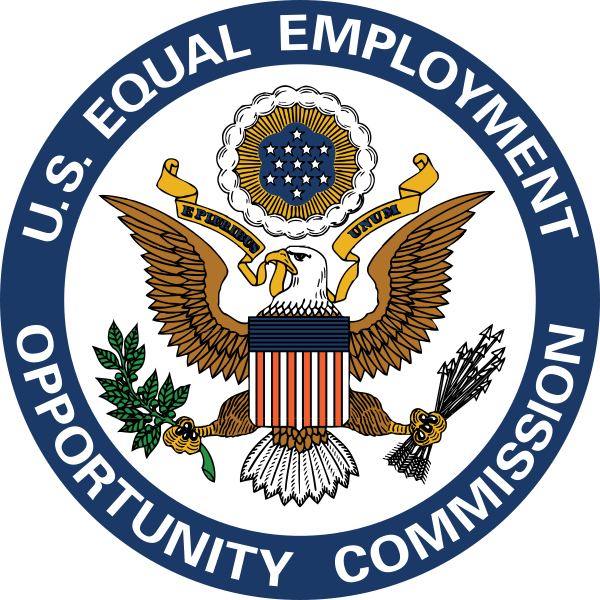Search
Today’s Special: Retaliation. Everything you’ve ever wanted to know.
Since 1998, when the EEOC issued a compliance manual on retaliation, the percentage of EEOC private sector and state and local government charges alleging retaliation has practically doubled.
Think about it. An employee complains to the company about some form of discrimination. Then that employee gets fired. So, that employee files a Charge of Discrimination at the EEOC. Inevitably, that employee will likely check two boxes. The first box will be the underlying claim of discrimination, which will vary based on the the employee’s protected class (e.g., race, religion, national origin, etc.). The other checked box will be retaliation — every time. That’s why retaliation is the most common Charge filed at the EEOC.
Yesterday, the EEOC updated its guidance on retaliation and related issues.
What is retaliation?
Most of you at least have an anecdotal sense of what retaliation is. Technically, retaliation occurs when an employer takes a materially adverse action because an individual has engaged, or may engage, in a protected activity.
However, to dial down the legalese for this post, I’m going to focus you in on two terms: (1) protected activity, and (2) materially adverse action, and give you a number of practical examples of each.
Protected Activity
Below, ripped from the EEOC guidance are some examples of the “protected activities” in which employees may engage:
- taking part in an internal or external investigation of employment discrimination, including harassment;
- filing or being a witness in a charge, complaint, or lawsuit alleging discrimination;
- communicating with a supervisor or manager about employment discrimination, including harassment;
- answering questions during an employer investigation of alleged harassment;
- refusing to follow orders that would result in discrimination;
- resisting sexual advances, or intervening to protect others;
- reporting an instance of harassment to a supervisor;
- requesting accommodation of a disability or for a religious practice; or
- asking managers or co-workers about salary information to uncover potentially discriminatory wages.
Materially Adverse Action
As the EEOC Guidance reaffirms, “the most obvious types of [materially] adverse actions are denial of promotion, refusal to hire, denial of job benefits, demotion, suspension, and discharge.” Here are some other less-obvious examples of materially adverse actions.
- reprimand an employee or give a performance evaluation that is lower than it should be;
- transfer the employee to a less desirable position;
- engage in verbal or physical abuse;
- threaten to make, or actually make reports to authorities (such as reporting immigration status or contacting the police);
- increase scrutiny;
- spread false rumors, treat a family member negatively (for example, cancel a contract with the person’s spouse); or
- take action that makes the person’s work more difficult (for example, punishing an employee for an EEO complaint by purposefully changing his work schedule to conflict with family responsibilities).
(To quote the EEOC Guidance…) “Does this mean that an employer can’t ever punish someone who has engaged in EEO activity?”
(And to further quote the response…”)
“No. Engaging in EEO activity does not shield an employee from discipline or discharge. Employers are free to discipline or terminate workers if motivated by non-retaliatory and non-discriminatory reasons that would otherwise result in such consequences.
- Examples include poor job performance or low productivity, or where the employee’s actions in opposing discrimination interfered with job performance or involved something illegal or disruptive to the workplace.
- If a manager recommends an adverse action in the wake of an employee’s discrimination complaint or other protected activity, some employers have found it useful to evaluate whether the adverse action is appropriate and ensure it is not motivated by retaliation.”
Best Practices.
Yes, the EEOC has a few of those for businesses too (hopefully, you’re well ahead of the curve):
- Education: Supervisors and managers may not know that certain acts are considered illegal retaliation or interference. An employer can educate its workforce by having a written, plain-language policy, and by training all of its employees to identify and stop retaliation and interference. Employees may benefit from instruction on how to handle tough situations where retaliation or interference is likely to occur.
- Documentation and review of employment actions: Managers and supervisors may be more aware of actions that can be viewed as retaliatory if they are required to justify negative employment actions in writing. Other supervisors could be asked to review these negative actions to ensure that they are justified and consistent with existing practice.
- Support: Employees who are accused of employment discrimination, harassment, or interference may benefit from ongoing, individual support. The employer can discuss its policies and provide tips for avoiding actual or perceived retaliation and interference.
Information galore!
What you’ve got above are just some of the high points. If your inner nerd wants to get into the weeds…
Here is a link to the EEOC Press Release
Here is a link to the EEOC guidance.
Here is a question-and-answer publication that summarizes the EEOC guidance document.
Here and a short Small Business Fact Sheet that condenses the major points in the guidance in non-legal language.
 The Employer Handbook Blog
The Employer Handbook Blog



